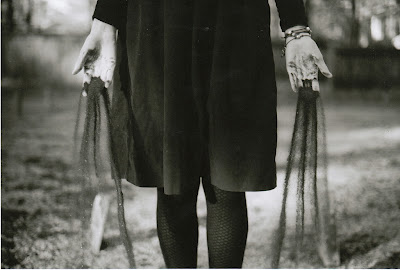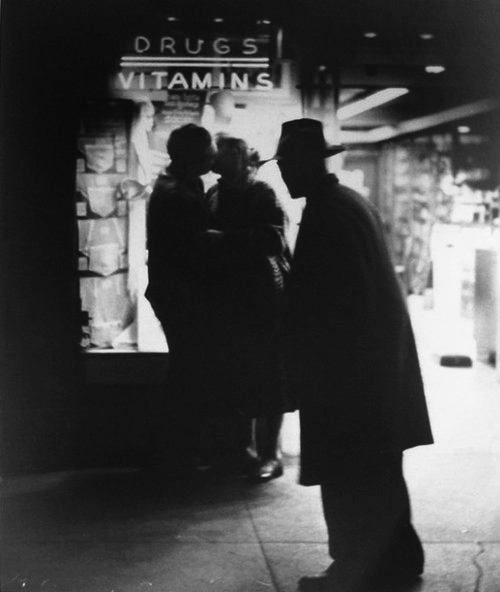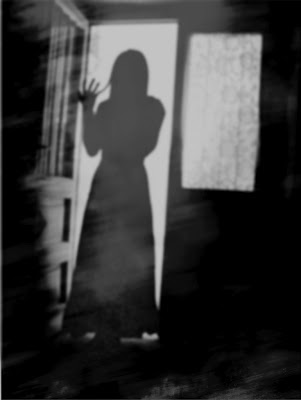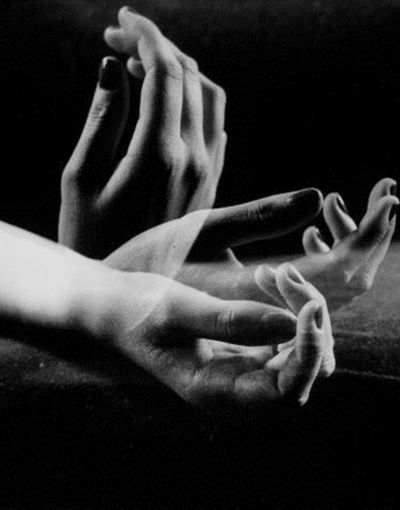Notes on a talk by Michael Stone at Centre of Gravity, Toronto, June 29, 2012
Below the belt is uddiyana bandha. Above the belt is pizza.
When you sit you’ll start to see that the intimate details of your life is what your practice is all about. Never mind about nirvana – it was all a joke. You can’t think your way there anyway. You might as well trust your practice.
Track
Suzuki says that your life is like being on a railroad track. When people get interested in the track and they lose their balance. He says: don’t worry about the track. Just look after the view from the train. Your life is on a track – how to arrive on that track? To be on a path, to be on a track, means being connected with forgiveness and assertiveness.
Nothing Extra
In meditation: drop into experiential place of feeling your breathing. When you really exhale it means dying to this moment. After sitting awhile, sitting practice can become mechanical, or we can develop ideas about what our practice is about and this can get in the way. We can lose the intimacy of practice that only beginner’s mind makes possible. To watch each breath. Nothing extra. Nowhere to get to but here. Nothing achieved. No reasons, no results, no goals, nothing extra.
Yes
Suzuki had a practice of saying yes. (Though everyone who lives in a city has a practice of saying no.) Whenever the bell rang in the morning he woke up and said, “Yes!” And began his calligraphy practice. Then the bell would ring again signaling time to have breakfast with his wife. “Yes!” How few of us really do this, instead we put our alarms on snooze, we toss the clock across the room. How to say yes to what is actually happening now?
Jewish
I was speaking to Peter Levitt this week, one of Canada’s great poets and a Suzuki aficionado. He was sharing Suzuki stories. One of Suzuki’s early students was Stan, a Jewish guy with a well-to-do father who flew in from some European capital to visit. Stan wanted him to meet his teacher, so they had tea. When he was finished, the father met up with his son and exclaimed, “Stan, I think your teacher’s Jewish!” Stan replied, “Dad, are you crazy? He’s a Japanese Zen master, he barely speaks English.” “No, I’m telling you, he’s Jewish.”
Bird
David Chadwick’s Zen Is Right Here: “If something is learned just by your thinking mind, it tends to be very superficial. When a mother bird teaches a baby bird to fly, the mother tries like a baby. She can fly very well, but she imitates the baby. The mother bird becomes like a baby bird and does something that is possible for a baby bird to do, so the baby bird will study how to fly. That is also practice.”
Here is an example of beginner’s mind. Although the mother bird knows how to fly, she flops around instead, she meets the baby bird as a baby bird. Can you meet your sitting practice at the place it actually is? Instead of, for instance, getting intellectual about it? Perhaps the Jewish Euro father sees Suzuki as Jewish because beginner’s mind is not Japanese. It’s the same practice when you’re Muslim and throw yourself to the ground in prayer. It’s the same practice when you’re Christian and you pray. And when you exhale to the very end of the exhale. In each instance you might experience what Suzuki names “a religious feeling.”
Waves
From Zen Mind Beginner’s Mind: “If your mind is related to something outside itself, that mind is a small mind, a limited mind. If your mind is not related to anything else, then there is no dualistic understanding in the activity of your mind. You understand activity as just waves of your mind. Do you understand the difference between the two minds: the mind which includes everything, and the mind which is related to something? Actually they are the same thing, but the understanding is different, and your attitude towards your life will be different according to which understanding you have.
That everything is included within your mind is the essence of mind. To experience this is to have religious feeling. Even though waves arise, the essence of your mind is pure; it is just like clear water with a few waves. Actually water always has waves. Waves are the practice of water. To speak of waves apart from water or water apart from waves is a delusion. Water and waves are one. Big mind and small mind are one. When you understand your mind in this way, you have some security in your feeling. As your mind does not expect anything from outside, it is always filled. A mind with waves in it is not a disturbed mind, but actually an amplified one. Whatever you experience is an expression of big mind.”
Delusion is a difficult word. Stephen Batchelor translates this word as “confusion.” In Sanskrit the word literally translated means “upside down.”
In traditional talks about meditation, pure awareness is often likened to clear still water, pure water. If there are geese flying past, they appear in the water, because it is a clear mirror. But when the mind is busy there are waves and murkiness. How can you see anything in that murk? But here Suzuki says that waves are the practice of water. What does it mean in your life that waves are the practice of water?
In sitting practice stillness can feel like practice, while distraction can feel like not-practice, but they are both practice. They are both waves.
Private experiences create bigger egos.
The small mind discriminates. It cuts. And the first cut it makes is the boundary line between me and everything else in the world.
Anna: How can we use language in a non-dual way? It breaks everything it touches. In the end you have to eat and shit, even if you have a PhD.
Erin: It’s an encouraging metaphor. The chattering surface of my mind is hard to accept. But if I see waves as being dynamic – an ever-shifting architecture, strong but also changing – it gives me a new idea about the dynamics of mind. Whether I’m still or going crazy these gestures are being supported or summoned by fathomless depths. Most of the ocean is uncharted waters. I’m not just on the surface freaking out, my reaction shot arrives from currents that have traveled a long way to create waves. The waves I call my face.
Many of us practice a bit and then develop a philosophy around it, claim a tradition or three. The other side is that you open to whatever is there. You need both approaches. To be intimate with what’s going on you need to find a place of stillness AND to die.
Stick
In Japanese Zendos, if you move during zazen the teacher comes and hits you with a stick. And if you’re too concentrated and don’t move at all the teacher comes and hits you with a stick. This really encourages beginner’s mind.
In America no one gets hit in Zendos any longer. In 1991 when the US invaded Iraq all the Zen centres stopped using sticks. They wanted to find a practice that wasn’t aggressive in every part of the forms as an enduring and symbolic gesture of protest.
I worry sometimes that we leave here on Tuesday nights with a good feeling and some new idea. Perhaps we’ve had enough new ideas for a while. Maybe what we need aren’t more ideas, but more practice. More experience.
Suzuki’s talks don’t carry the stink of Zen.
I hope I didn’t answer your question.
Face Practice
Partner exercise: find a partner, sit cross legged, follow your breath, look them in the face. Really look at them. Allow yourself to be looked at. Show them your face, the way you really feel right now. The person you’re looking at is going to get sick and die. Just like you. The person you’re looking at has been hurt, has been loved, has suffered. Just like you. Can you forgive yourself? Don’t show them your social face, show them the way you feel, right now. This is how Zen practice operates, face to face, from this moment. The happiness and despair in our faces is all waves.
The intention in this exercise is to not be private, to stay connected. Most of the time when deeper emotions show up, we go into a private mode and shut ourselves down. Sometimes other people bring us back. Can you let someone bring you back? Can you be here and now?
How to Say Good-bye
When I was in Japan it was sad the last day I practiced at the Daitoku-Ji temple, I had really grown to love the teacher there. He could barely walk, he had had three surgeries but still he would sit in full lotus. He was so kind to me. On the last day I bowed and said good-bye and he held my gaze for so long. Then he said, “Come with me, I want to show you something.” He led us down a long hallway where he had planted the biggest rhododendron I had ever seen. He planted it when he took over the monastery. I said nothing. Then he walked me to the gate. And the way they walk you somewhere, is to walk behind you. While we were walking he asked, “What is your understanding of emptiness?” I knew it was a test. I said, “The work we’re doing in the garden.” He asked again, “What is your understanding of emptiness?” I answered, “Love.” He asked, “Christian love?” I didn’t answer. When I turned he was looking into my face again as if this was the most important thing in the world to be doing. This is how they practice in the temple. Beneath the strict forms, and the shouting and the hitting, there is such deep love.





